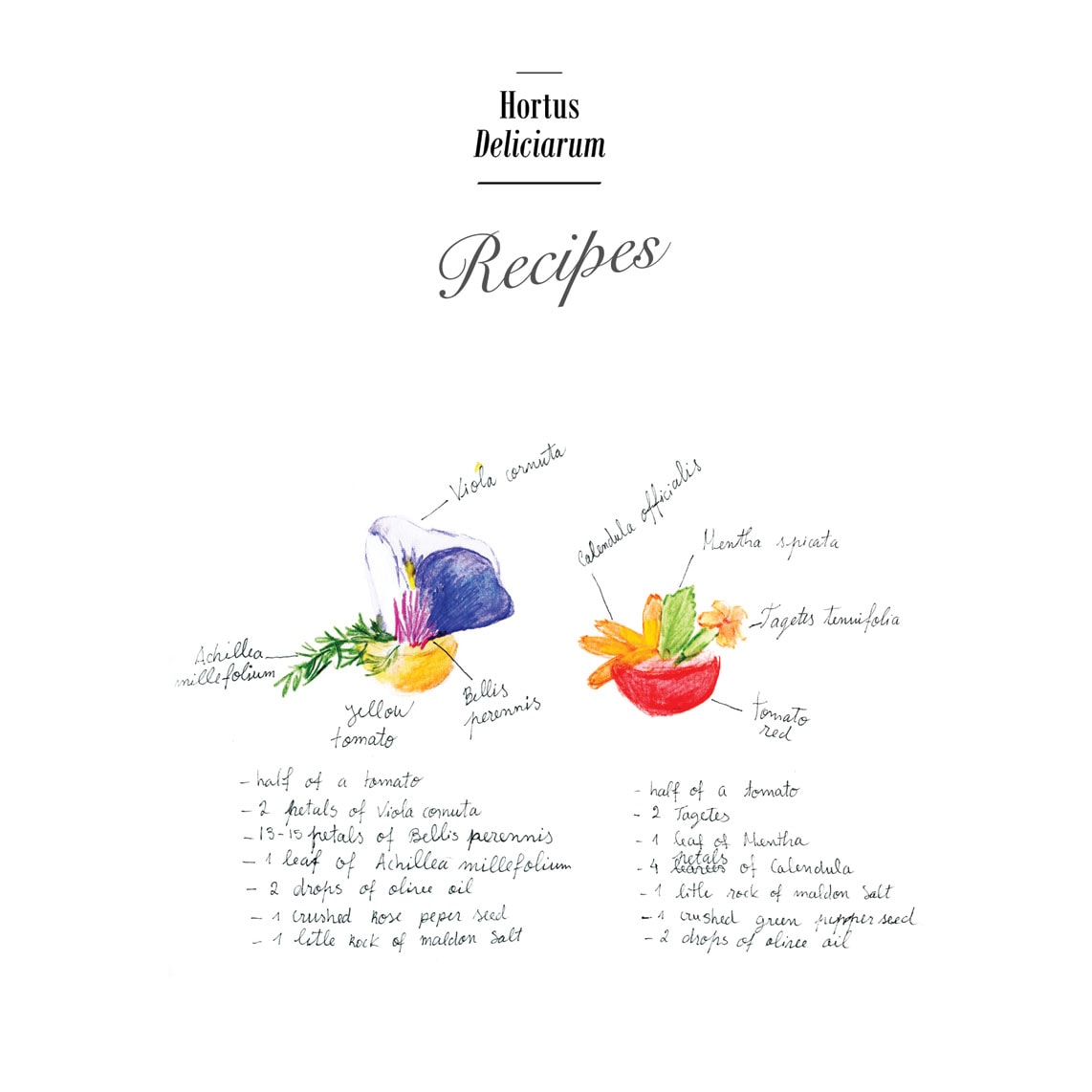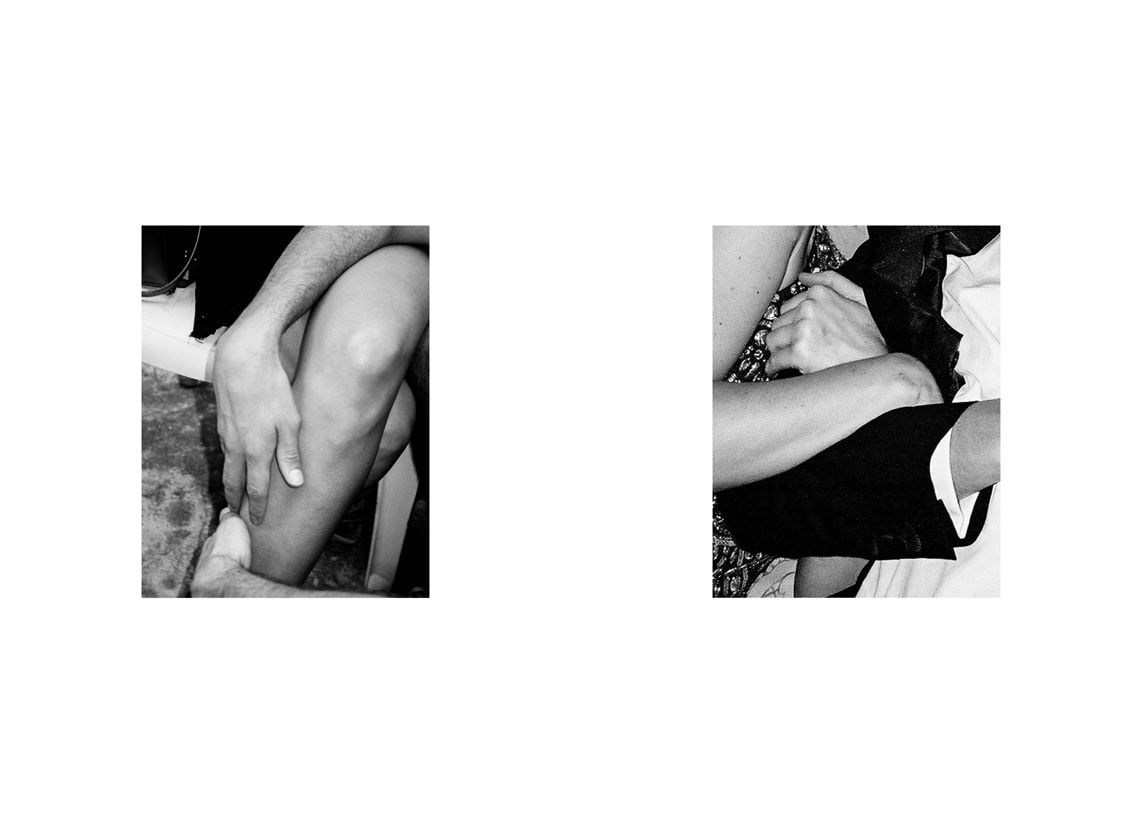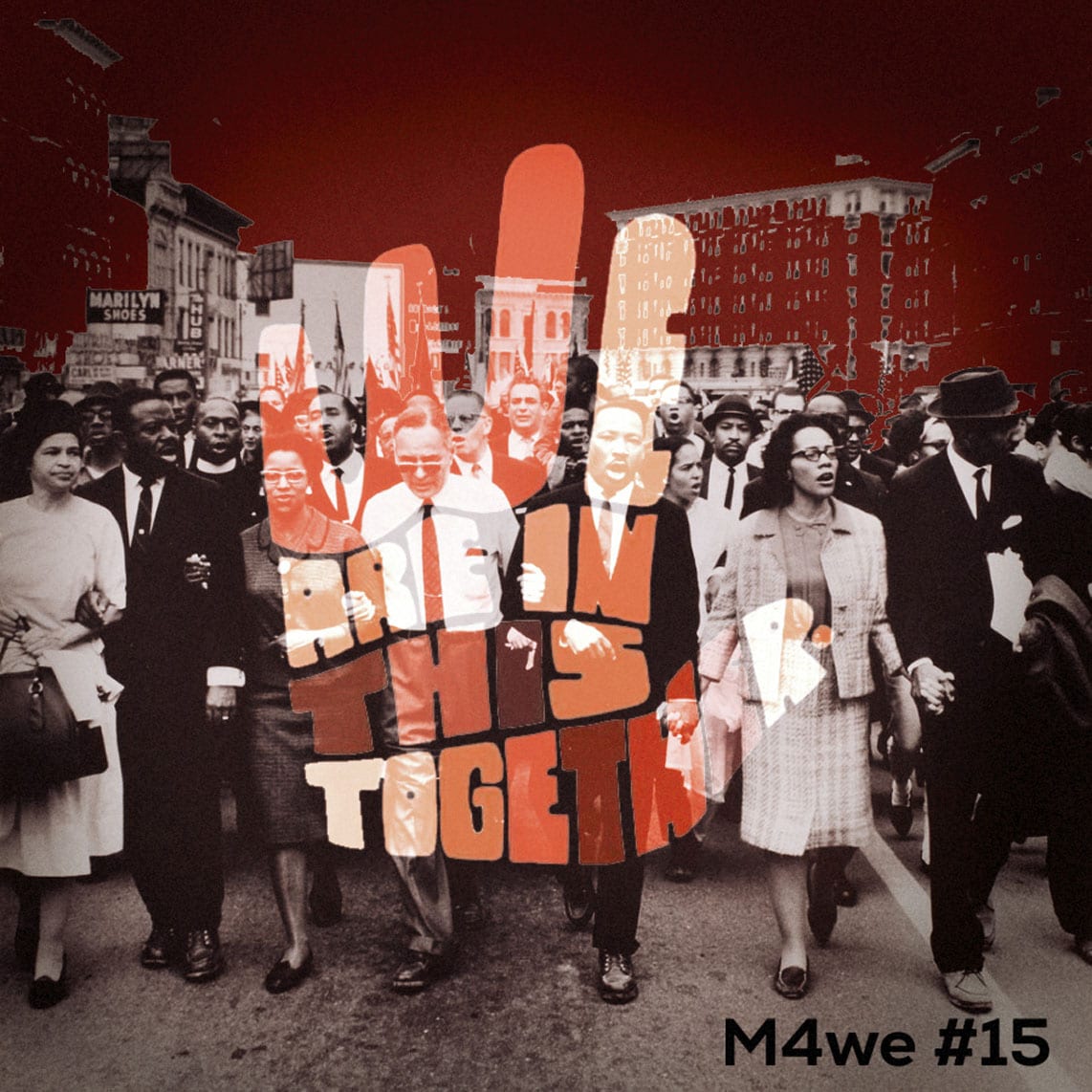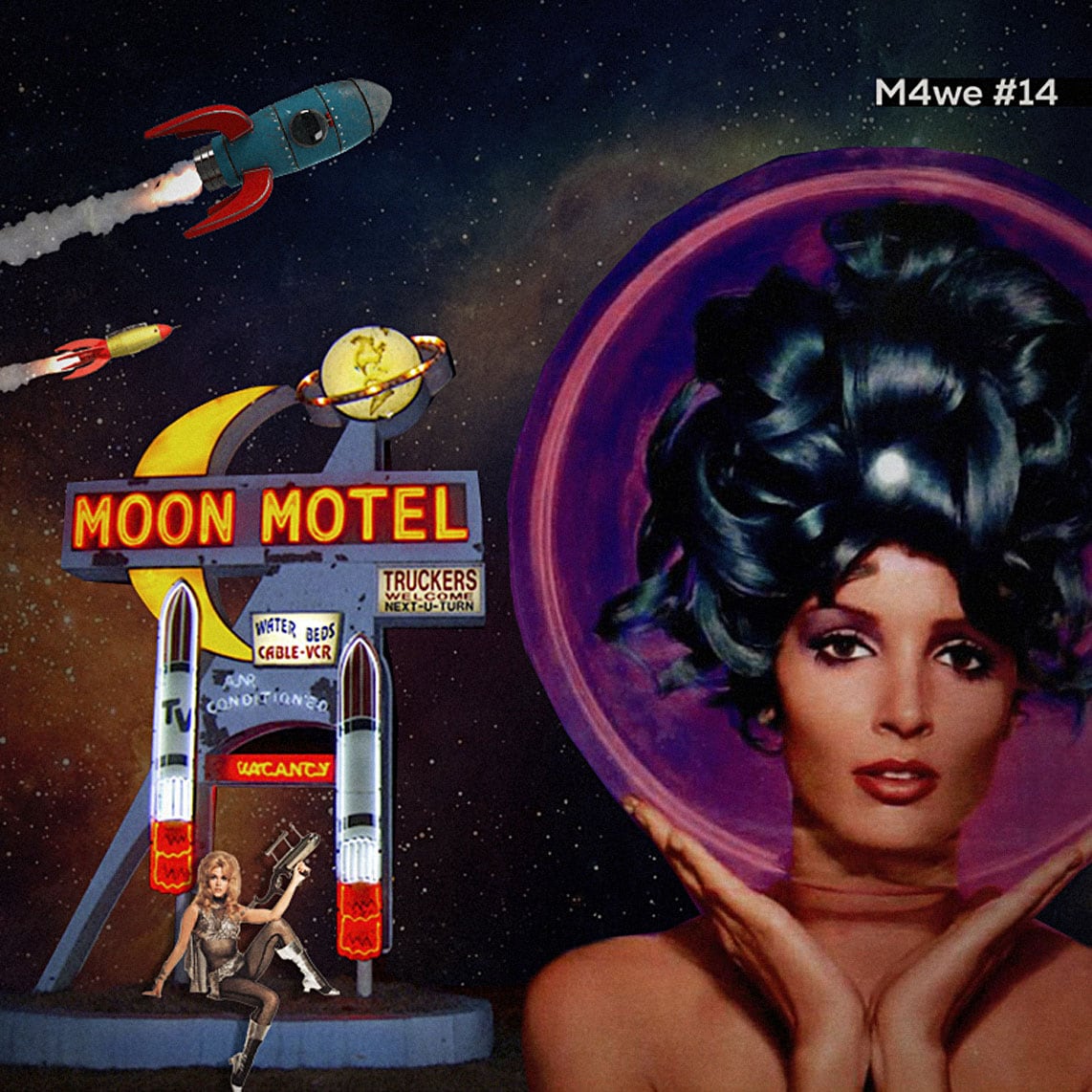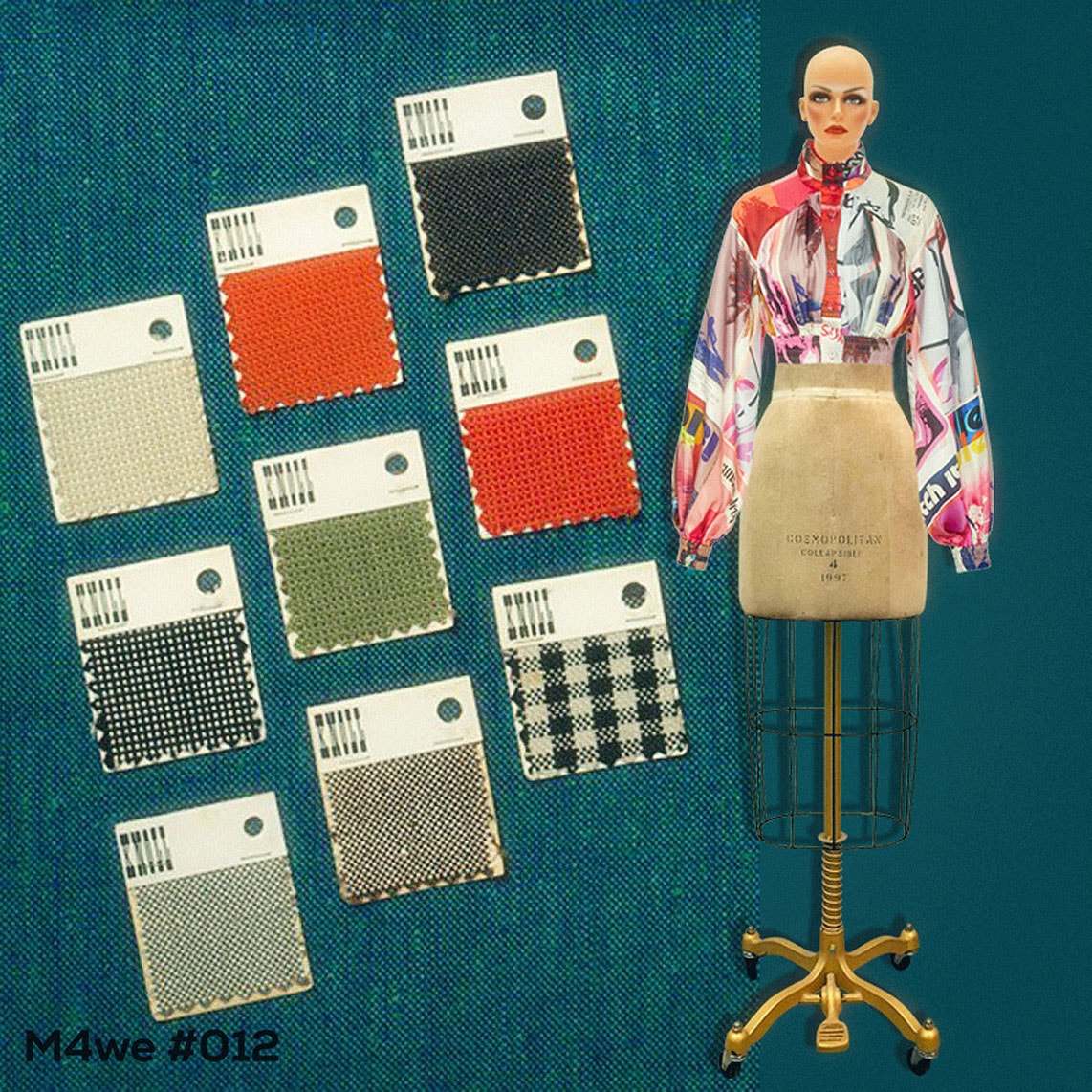—
This week I decided to go for a stroll on the vast and anamorphic landscape that is the world of Cinema, more specifically its soundtracks.
If we discount musical cinema, all music in a film has been almost always relegated to the end, for when everything is ready and the “conductor” comes to drive what was mapped in the score. Silent cinema had piano accompaniment in the rooms where it was projected and with the appearance of the talkies it may have lost all that ebony and ivory but films continued to be scored in the same “traditional” way. But as many filmmakers know of the power that music can have when skillfully combined over images, all this sonic mise-en-scène devised many new ways of reaching it’s place in celluloid. I often saw directors filming with headphones tucked in their ears (usually scenes where there was no dialogue), listening to musical snippets brought by the person responsible for the soundtrack so to “feel” how the final result could be. And this is how the composer, working closely with the producer and the director, creates originals that in addition to “musicalize” the visual elements often serve as an emotional counterpoint to the plot and thus end up adding extra layers of narrative meaning.
The sound, composed of music and folley (bruitage in French which, as the name implies, invents all the raw material required by cinematographic sound design) are of such importance that there are films and television series in which just a tiny taste of the track or a small sequential sample of some notes are so implanted in our memory that the first recognition is always of these onomatopoeic negatives: Twilight Zone – tiri riri tiri riri; Jaws – ouhuuun ouhuuun; Psycho – wyy wyy hyy hyy… for the delight and proof of whoever is listening I included these 3 in this M4we.
We are here poring over the original scores for cinema but there are also famous cases of musical curation like all Quentin Tarantino films (his own choices) or some things by Steven Soderbergh when he invited David Holmes to choose the music for his films. Holmes is a film buff: in 1992 his first single DeNiro made in partnership with Ashley Beedle sampled the Ennio Morricone of Once Upon A Time In America. The success of that 12″ allowed a contract with Go! Discs and his first solo LP This Film’s Crap, Let’s Slash the Seats. Returning to Tarantino’s ears I have to say that some of his options are masterful. Like for example that famous “whistle song” from the first volume of Kill Bill: the one who accompanies Elle Driver (Daryl Hannah) entering a hospital with the purpose of eliminating Beatrix “the Bride” Kiddo (Uma Thurman). Can you hear what song I’m talking about? It’s called Twisted Nerve and was originally composed by Bernard Herrmann for the homonymous film made by Roy Boulting.
I will also have to leave aside the new scores for classic films, something that has been in vogue for a long time and that has created extraordinary pieces. What comes to mind immediately are two works by the Detroit wizard Jeff Mills, who, in 2017, then Minister of Culture Jack Lang awarded the medal of the Ordre des Arts et des Lettres, sounding out two huge silent film classics, Three Ages by Buster Keaton and Le voyage dans la Lune by George Méliès. This, as I said, has come a long way. In the 90s, when I lived in London, I used to go to parties in deactivated cinemas where guest stars created a new soundtrack for a supposed dance floor where the audience chairs used to be. These parties had a bit of an art gallery vernissage feel to it, but how could I not go and watch Tricky responsible for La Pipe de mon Oncle by Jaques Tati while Bobby Gillespie was busy with John Schlesinger’s Midnight Cowboy?
I start with One More Kiss, Dear sung by Don Percival and “the fu**ing odd one out” in the Blade Runner soundtrack because it is well hidden in the film. Deckard (Harrison Ford) just killed replicant Zhora (Joanna Cassidy) in the back and shoots off, of course, to buy a bottle of Tsin Tao from a street vendor. Only in this dystopian Los Angeles of the future could this song be playing softly as if on a small battery-powered radio. Top.
Between beats to the intermission gong I go from Hollywood to Cannes and from Bollywood to Cinecittà, hoppin’ from blockbuster to western spaghetti, from emotional pieces to the whaka-whaka of the guitars in a funk from a 70s softcore. Because in cinema there is room for everything. For directors who always work with the same musician and for those who compose their own OST like John Carpenter. As I only have the space alloted for 40 themes, I leave aside Antonio Sanchez and his total improv work with just drums and cymbals for the film Birdman, which is one of the most visceral things I’ve ever heard but I still get a tiny isle seat to usher Pierre Raph, collaborator of Jean Rollin in Requiem for a Vampire but from whom I leave you Gilda & Gunshots from the soundtrack of Jeunes Filmes Impudiques, a film by Michel Gentil. I also want you to notice that in addition to Herrmann, John Barry is also featured twice in this list with Thunderball sung by Tom Jones and with Space Capsule, by far one of the best cinematic cues in the history of 7th Art.
I finish with a scene from the movie Gumnaam made in 1965 by Raja Nawathe so we can hear Jan Pahechan Ho sung by Mohammed Rafi, accompanied here by Ted Lyons & His Cubs. I remember it was here the first time I saw Scarlett Johansson but I recall even better being absolutely fascinated with the music that is heard in the film that’s playing on a TV set in the first scene of this Ghost World made by Terry Zwigoff from the Dan Clowes comic. A cult scene subtly tucked into the opening credits of a classic american indie pic, this weekend’s “the end” title had to be on this particular note of musical cannibalism…
—
#staysafe #musicfortheweekend
